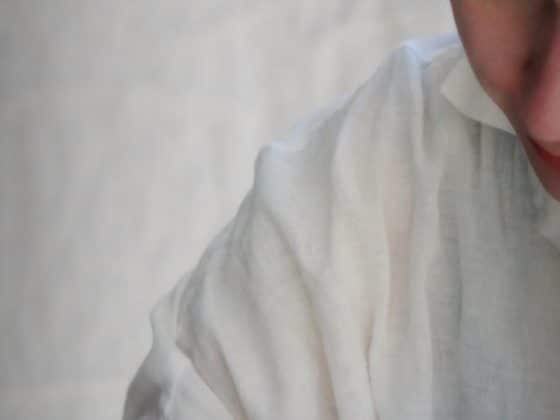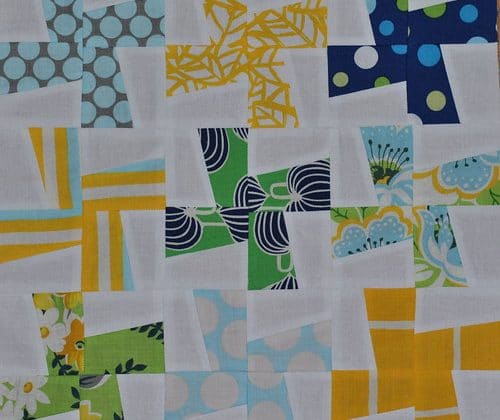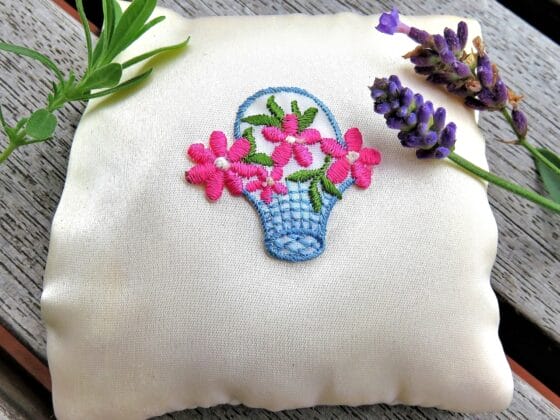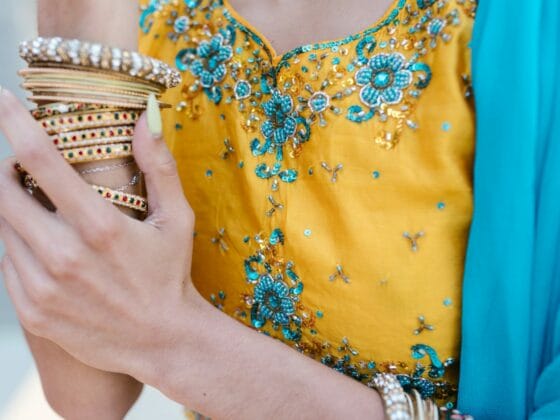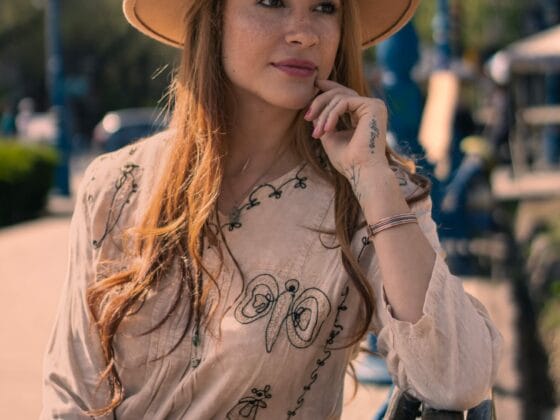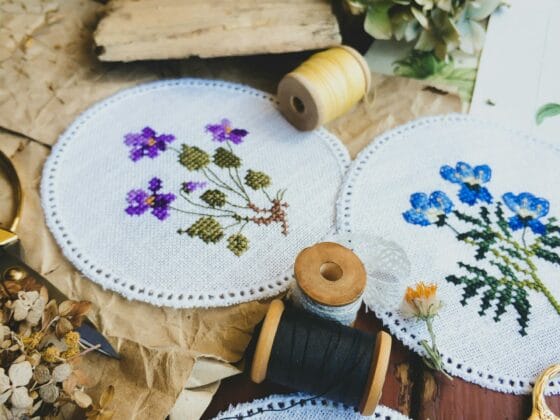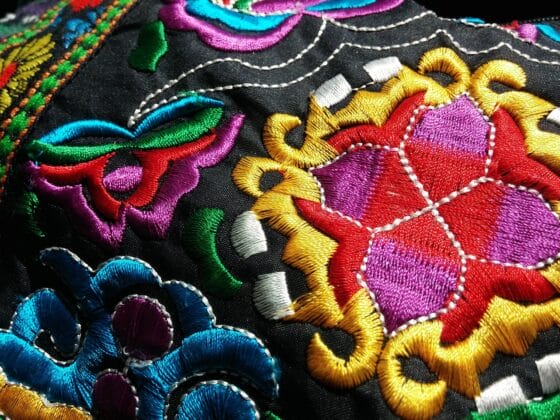Viscose has its origins in the 1800s but was not commercialized until 1910 when it was patented by two English chemists, Charles Frederick Cross and Edward John Bevan. However, at this time material production methods were still far too primitive to produce anything like modern rayon fibers which are smooth and strong compared to those produced in 1910 which were harsh and weak. In 1924 American DuPont company purchased the license to commercially produce the fiber from the Englishmen which meant that DuPont was now able to legally manufacture and sell what is known as viscose rayon. It was then in 1924 that modern fabrics made from this soft, shiny fiber became available to the public for use in clothing. Soon after viscose rayon was blended with other fibers such as cotton and wool.
Table of Contents
What is Viscose Fabric?
Viscose rayon is a manufactured fiber, made from purified cellulose. It can be made either from wood pulp or cotton linters (the short fibers that cling to cotton seeds). The raw material for producing viscose is cellulose which can be obtained from many sources; the principal one being trees. Viscose rayon itself has no unique properties but becomes strong and absorbent when it is wet. This makes viscose suitable for use in towels, bathrobes, and other items where it can readily absorb moisture.
Viscose fabric pros and cons
Some Advantages of Viscose Fabric
- Comfortable to Wear – Viscose fabric is very soft, smooth, and pleasant to wear which makes it ideal for t-shirts, dresses, lingerie, and other garments that are meant to be worn close to the skin. The fiber absorbs moisture like cotton but unlike cotton viscose fabric does shrink when it gets wet.
- Cheap to Produce – Viscose fabric is inexpensive to produce which makes it very affordable and accessible to mass markets. It means that the quality of viscose garments you buy will vary depending on your budget. However, because viscose is so soft and absorbent you can find pieces that are quite comfortable even if they aren’t high-end.
- Easy to Care For – Viscose fabric is just as easy to care for as garments made from cotton because it does not shrink, repel water or fade easily in sunlight. Just like cotton viscose fabrics only require low to moderate heat for ironing which reduces wear and tear compared with polyester fabrics which need high temperatures during the pressing process.
- Resilient – Viscose fabric tends to recover well from both creasing and stretching which makes it ideal for everyday use in garments that are worn many times before being washed. Modern viscose fabrics can be treated with resin solutions which harden the fiber so they hold their shape better during washing than earlier viscose made without resin.
Some Disadvantages of Viscose Fabric
- Prone to Shrinkage – Although modern viscose fabric has greatly improved, shrinkage is still a common problem if not washed or dried properly. As mentioned above, when under high humidity conditions viscose will expand by absorbing water, but when dry the fibers shrink back down again resulting in garment dimensions that are smaller than before it was washed.
- Prone to Fading – Viscose fabric is easy to fade in sunlight but also in washing machines that use high temperatures during the process. To prevent fading you must wash at low temperatures with mild laundry detergents, avoid tumble drying and ironing when damp; if possible hang out in direct sunlight, especially if using white-colored viscose fabric.
- Prone to Wrinkles – Viscose tends to wrinkle easily because it doesn’t hold its shape well and has a tendency to stretch and sag when wet. As mentioned earlier, resin-treated viscose fabrics like rayon can resist wrinkling but do not expect that it will be as smooth, crisp, and fresh feeling as cotton or wool after being washed.
- Low Elasticity compared with many artificial fabrics – Viscose fabric has very little elasticity because its fibers are straight which means it does not have the same tensile strength as other long fiber materials. This is why you must always check the care labels because viscose fabrics are prone to shrinkage if laundered at high temperatures or improperly dried thus resulting in misshaped garments.
Do you want to know What is Bonded Fabric?
Is Viscose breathable?
Yes, viscose is considered a breathable fabric because it contains microscopic pores which allow air to flow through the fiber and evaporate moisture from your skin. This also allows heat to escape from within which keeps you cool during hot weather. However, during cold weather, you will feel warm inside as long as your outer clothing or furnishing protects you from exposure to wind and chill. Viscose fabrics are best for year-round wear because they’re cool enough in summer and protect you against winter chills.
Is viscose biodegradable?
To make viscose fabric more sustainable, manufacturers have recently been using recycled materials from wood pulp as a raw material instead of trees which means that this fiber is biodegradable in compost conditions much like cotton where microorganisms feed on organic matter to decompose cellulose fibers; even though they do not completely degrade or disappear when left alone.
However, production processes make viscose extremely resistant to degradation by light, water, bacteria, and fungi. It can take many decades before these fibers fully decompose in landfill environments; thus making viscose fabrics not very friendly compared with other manmade materials.
Is viscose a good quality fabric?
Viscose is not the highest quality manmade material because it is prone to pilling, snagging and can stretch out of shape after wearing or washing. But there are many viscose fabrics that solve these problems like resin-treated viscose fabrics which resist snagging, stretching, and pilling formed by adding resins that act as a protective barrier during manufacturing. However, you must read care labels to determine if your viscous fabric needs dry cleaning or can be machine washed using hot water with fabric softener because this changes the garment’s dimensions just like steam treatments do.
Where is viscose fabric used?
Viscose is more commonly used in furnishing fabrics because it’s not as resistant to sunlight and air compared with other manmade materials like polypropylene or nylon. But there are many viscose clothes that have artificial finishes to improve their resistance to wear, so you must read care labels before washing these garments at home. Viscose is very popular in lingerie because it adds a silky touch while remaining comfortable against the skin. Other areas that utilize viscose are bedding, upholstery, table linens, apparel accessories, interior design accents, and even athletic socks for thermal insulation during winter sports.
Do you want to know more about Laminé fabric?
Is viscose or cotton better?
The properties of viscose and cotton are very similar, but because both fabrics have different origins they can vary in quality. For example, a viscose fabric from manmade fibers will be more durable compared with one that’s made from cotton yarns even if they’re treated to resist pilling or stretching because viscose is stronger than natural cellulosic fibers. Viscose’s ability to absorb moisture without feeling damp for a long time makes it feel much cooler when worn against the skin, but this also comes with some disadvantages like wrinkling which needs professional pressing during dry cleaning. On the other hand, cotton has less tendency to wrinkle unless it has been heavily starched. If you compare two garments on equal terms that are fit for hot weather then you’ll feel more comfortable wearing viscose because it’s lighter and less bulky than cotton.
Is viscose fabric stretchy?
Viscose is slightly stretchy and this gives it a unique advantage over cotton because the fibers can be stretched to many times their original length; this quality makes it easier to sew garments that fit well without too much give. However, viscose fabric tends to shrink when exposed to heat like ironing after washing even if it’s resin-treated which means you must always allow viscose garments enough room for shrinkage while choosing the correct size.
Viscose fabric alternatives
There are several natural and manmade fabrics that have the same properties as viscose fabric so you can choose from a wider range of clothing if viscose clothes don’t fit your needs. Polyester, nylon, and rayon are usually harder wearing than cotton because their fibers have been artificially treated to increase their resistance to abrasion which means they will last longer. Wool is another alternative whereas microfiber is popular for sports jackets even though it pilled just after a few washes. Hemp and linen also provide similar comfort against the skin while having excellent insulation qualities, but both materials tend to be more expensive unless they’re blended with other fibers before being woven into cloth or knitted into garments.
A great alternative is Modal Fabric for which we have a complete guide here.


